Trump administration formally names Philly, other Pa. jurisdictions as impeding federal immigration enforcement
Published in Political News
Philadelphia stood among 16 Pennsylvania cities and counties named Thursday night on the Trump administration’s list of sanctuary jurisdictions, places now to receive formal notice of what the president calls non-compliance with federal immigration law.
Montgomery, Delaware and Chester counties also were put on the list. So were the cities of Pittsburgh, Gettysburg, State College and York.
New Jersey was named as a sanctuary state. So were Burlington County, Camden City, Trenton and more than a dozen other Garden State localities.
This list issued by the Department of Homeland Security spans dozens of jurisdictions in 30 states, all accused of “deliberately and shamefully obstructing the enforcement of federal immigration laws” and endangering American communities.
“DHS demands that these jurisdictions immediately review and revise their policies to align with federal immigration laws and renew their obligation to protect American citizens, not dangerous illegal aliens,” the department said in a statement.
Homeland Security said sanctuary cities “protect dangerous criminal aliens from facing consequences” while putting law enforcement officials in peril. Officials in those places say that’s ridiculous.
Leaders of those places say they direct local law-enforcement officers, paid by local taxpayers, to protect and serve local residents ― not to help ICE do its job.
Those cities do not shelter undocumented immigrants from arrest, nor can they hinder immigration enforcement by federal agents.
On April 28 President Donald Trump signed an executive order that directed the U.S. Attorney General’s Office to publish a list of states and cities it believes are obstructing enforcement of federal immigration laws.
That marked a new step in Trump’s ongoing effort to get tough on so-called sanctuary jurisdictions, and to punish them for what he says is their defiance. The order threatened those places with funding cuts and promised legal action, if necessary, to make them comply.
Philadelphia has traditionally been a leader among sanctuary cities, though immigration advocates have criticized Mayor Cherelle L. Parker for not speaking out more forcefully.
She has affirmed that the city still operates under the 2016 executive order on ICE detainers that was enacted under her predecessor, Jim Kenney, but tends to say generally focus on her own agenda.
“Right now, we remain laser-focused on doing everything in our power on a daily basis to stay focused on achieving the goal,” the mayor said after Trump announced his order, “and I promised people of our city that I wouldn’t let anyone or anything get in the way of my commitment to making Philadelphia safer, cleaner, greener with access to economic opportunity for all, because that’s what the people that the city of Philadelphia sent me here to do.”
In early May, City Solicitor Renee Garcia offered City Council the administration’s most articulated position on Trump’s order, saying the city was prepared to go to court if any attempt was made to halt federal funding.
Philadelphia received $2.2 billion in federal funding in the 2024 fiscal year, with the majority of funds going towards health and social services programs.
The president’s order directs the creation of a list of “sanctuary jurisdictions” the Trump administration believes are subverting federal immigration law. The metrics for how officials were determining those jurisdictions remains unknown.
According to the order, the listed jurisdictions will be notified of their status and, if they maintain their sanctuary policies, could face federal funding cuts or legal action.
Trump’s order said some state and local officials were using their authority to violate and defy immigration enforcement, what he called “a lawless insurrection against the supremacy of federal law and the federal government’s obligation to defend the territorial sovereignty of the United States.”
He suggested they were creating “intolerable national security risks” and potentially violating federal criminal statutes.
Trump has said for months that he was working on an order to pull federal funding from so-called sanctuary cities, typically defined as places that limit law-enforcement cooperation with federal immigration authorities.
The definition of a sanctuary city varies, so it has been unclear which cities could be targeted.
Philadelphia has traditionally been among the strongest of sanctuary cities, fighting and winning a federal lawsuit over funding, kicking ICE out of a law-enforcement database, and directing city employees not to inquire about residents’ immigration status.
City officials have refused to comply with requests from ICE to detain prisoners based on their immigration status, requiring federal authorities to submit a warrant signed by a judge.
The term “sanctuary” is in many ways inaccurate. Undocumented immigrants receive no special protections in those jurisdictions.
The difference is that so-called sanctuary cities choose not to help ICE do its work, saying local police must focus on local policing – which includes arresting and jailing undocumented immigrants accused of committing crimes.
In 2018, the city won a major victory against the first Trump administration when a federal judge ruled that Trump could not cut off grants based on the way the city deals with immigrants.
U.S. District Judge Michael Baylson ruled that Philadelphia’s policies were reasonable and appropriate, and called the use of the term “sanctuary city” a misnomer.
“Philadelphia is not a sanctuary for anyone involved in criminal conduct, nor is it a sanctuary as to any law-enforcement investigation, prosecution, or imprisonment after having been found guilty of a crime,” he said.
_____
©2025 The Philadelphia Inquirer. Visit inquirer.com. Distributed by Tribune Content Agency, LLC.
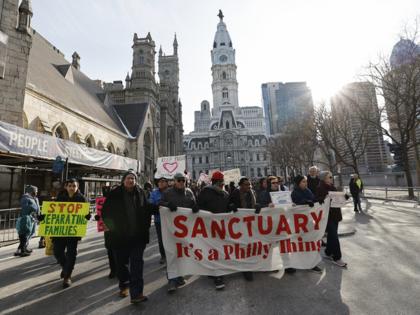
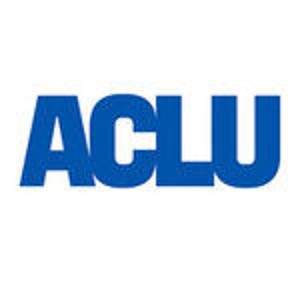

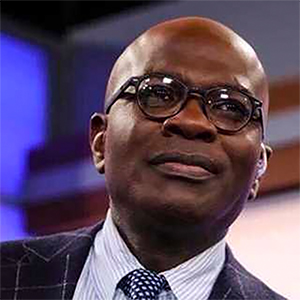



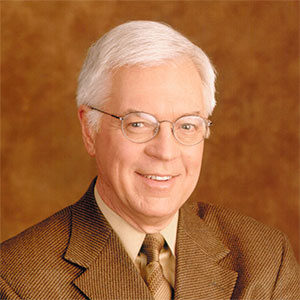















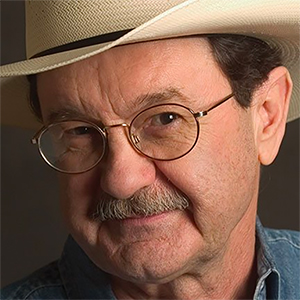

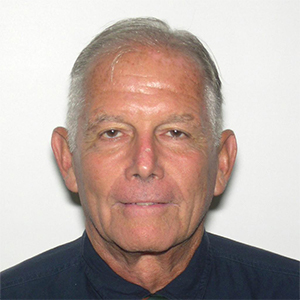

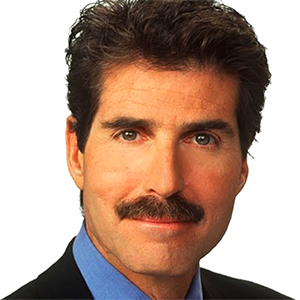
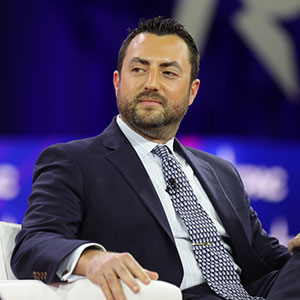
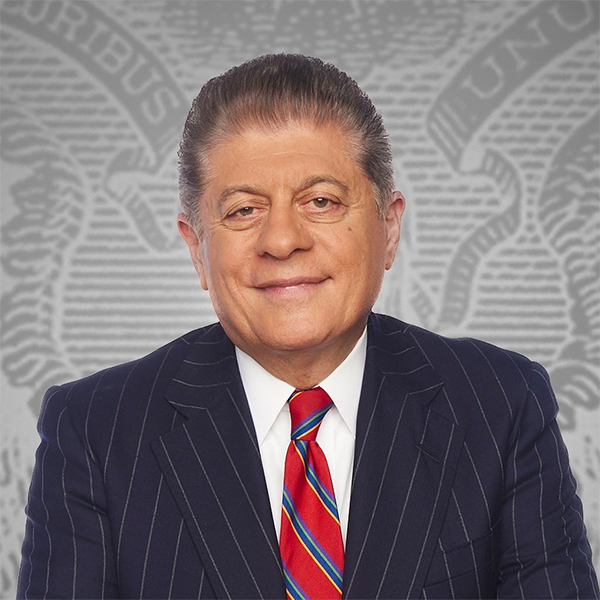




















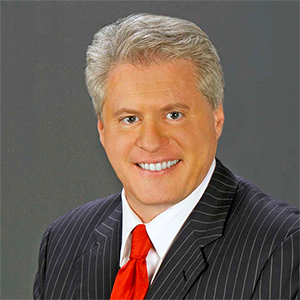


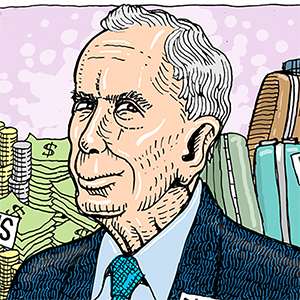



Comments